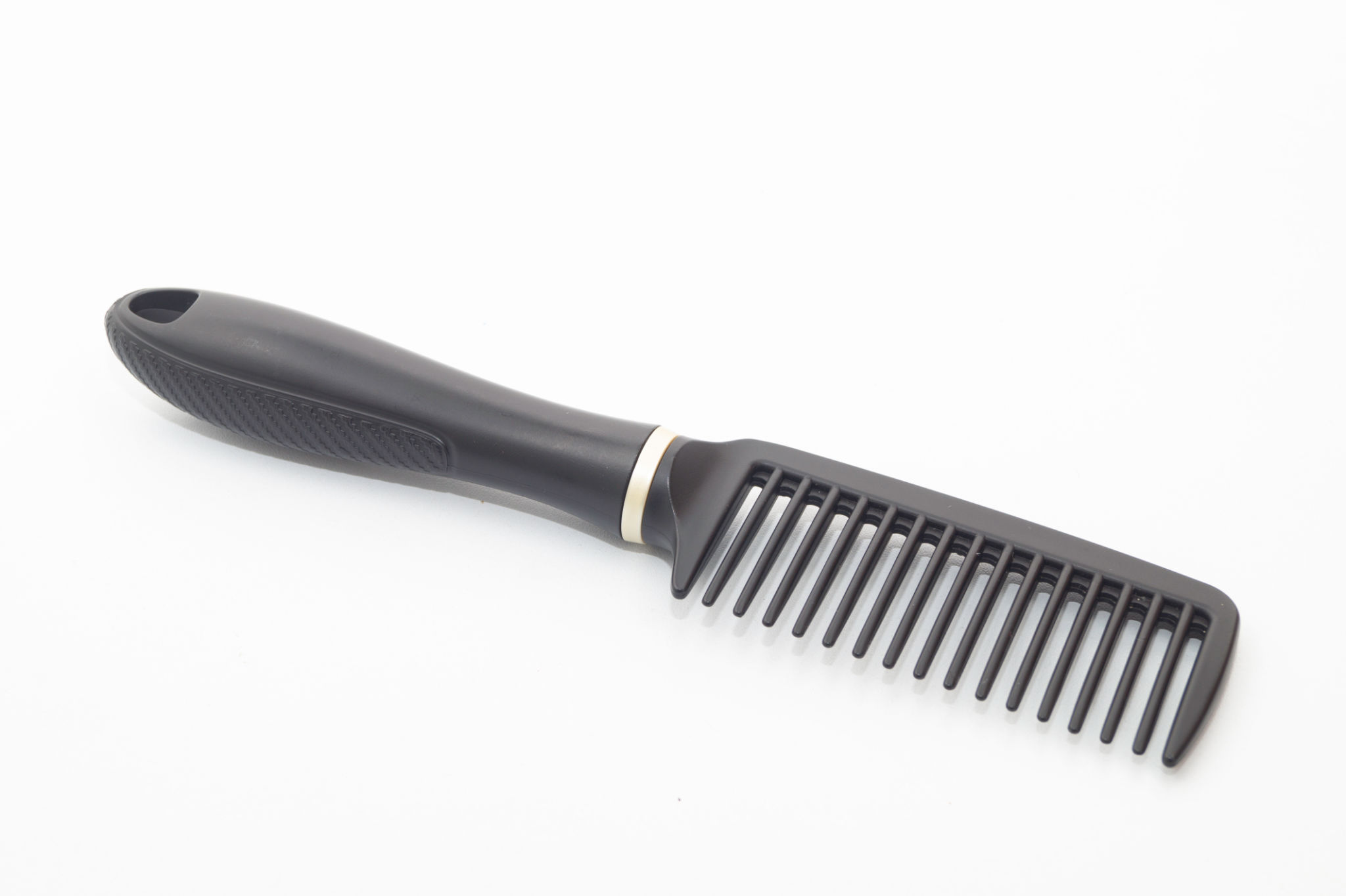Top Ethnic Hair Care Tips for Foster Parents
Understanding Hair Texture and Type
As a foster parent, embracing the diversity of your child's heritage is crucial, and hair care is no exception. Understanding the unique texture and type of ethnic hair is the first step in ensuring it remains healthy and vibrant. Ethnic hair can range from wavy to curly to coily, each requiring specific care techniques and products. It's essential to recognize that what works for one hair type might not be effective for another.
Start by identifying your foster child's hair type. This will help you choose the right products and techniques to maintain its health. For example, curly hair often requires more moisture than wavy hair, while coily hair may need protective styling to prevent breakage.

Moisturizing and Hydration
Moisturizing is a critical component of ethnic hair care. Ethnic hair tends to be drier because natural oils have a harder time traveling down curly or coily strands. This makes regular hydration essential to maintaining softness and preventing breakage.
Incorporate a regular moisturizing routine using leave-in conditioners and natural oils such as coconut, argan, or jojoba oil. Applying these products while the hair is damp helps lock in moisture. Additionally, consider using a deep conditioner once a week to provide extra hydration.
Gentle Detangling Techniques
Detangling can be a challenging process for ethnic hair, especially when dealing with curly or coily textures. Using the right technique is crucial to avoid causing unnecessary pain or damage. Always detangle from the ends towards the roots using a wide-tooth comb or your fingers, and work in small sections to minimize pulling.

It's best to detangle when the hair is wet or damp and coated with conditioner or a detangling spray. This will reduce friction and make the process smoother. Patience is key—rushing through detangling can lead to breakage and discomfort for your child.
Choosing the Right Products
The market is flooded with hair care products, but not all are suitable for ethnic hair. Select products specifically formulated for your child's hair texture. Look for sulfate-free shampoos that won't strip natural oils, as well as conditioners rich in moisturizing ingredients.
- Sulfate-Free Shampoos: Gentle cleansing without stripping oils.
- Moisturizing Conditioners: Ingredients like shea butter or aloe vera.
- Leave-In Conditioners: For daily moisture and protection.
Protective Styling
Protective styles play an important role in ethnic hair care by minimizing exposure to environmental elements and reducing manipulation, which can lead to breakage. Styles such as braids, twists, or buns can help maintain healthy hair while also giving it a break from daily styling routines.

Ensure that protective styles are not too tight to prevent tension on the scalp, which can lead to hair loss or damage. Additionally, vary styles regularly to avoid stress on any particular area of the scalp.
Cultural Sensitivity and Education
Caring for ethnic hair goes beyond physical maintenance; it involves understanding and respecting cultural significance. Educate yourself on the cultural importance of hairstyles within your foster child's background. This knowledge will empower you to provide care that honors their heritage while fostering a sense of pride in their identity.
Engage with communities or seek guidance from professionals who specialize in ethnic hair care to expand your understanding and proficiency. This not only benefits your child’s hair health but also strengthens your relationship through shared learning experiences.
